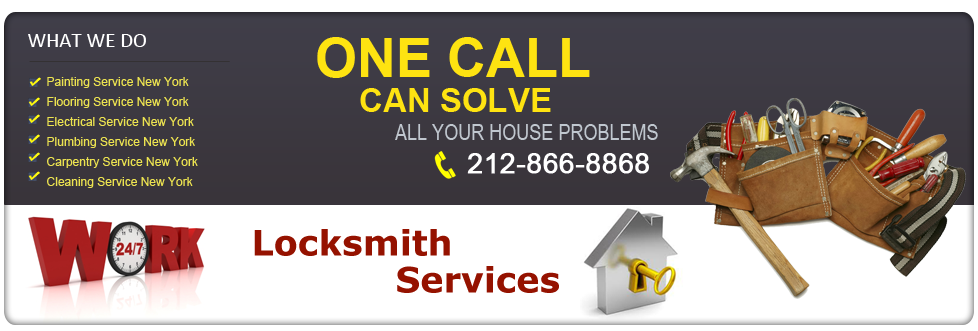While there might be numerous reasons for squeaky floors such as rubbing of the wood against a nail or another piece of wood—you don’t have to always resort to the help of local handyman services for the same. We have brought to you some of the easiest DIY steps by which you can get back your silent floors back!
1) Locate and Fill in the Gap
First of all, try to locate the area of the floor that squeaks. Next, find out if there are any gaps between the subfloor and a joist. If yes, get hold of a pair of wood shim and push them in from opposition direction; be careful and do so as gently as possible. Excess pressure may result in extension of the gap.
2) Reinforce the Joist(s)
The above method is applicable only in case of small gaps. If the gaps are wider with damaged joists or if the edge of the subfloor is supported weakly, you need to add a wooden block for additional support. Cut out a wooden block (2×4 size) 2 feet longer than the area and apply construction adhesive on top and side of the block and then install it with 21/2 inches wooden screws. The provision of constructive adhesive will add strength to the ruptured part. Pre-drilling screw holes help as they prevent the block from splitting and also make the installation process easier.
3) Use Construction Adhesive
If you find the crack or the gap too narrow to be perfected by any of the above two measures or if it is too irregular and long, you can simply apply a thick amount of construction adhesive within the gap, to glue up the wooden blocks together. After that, you neither have to press the wood together nor apply any other material over it. Once it gets hardened, the whole problem of the squeaky floor should be over.
4) Add a Block
Alternatively, you can also use a 2×8 inches wooden block, glue it up and screw it firmly from below the joint. The first screw must be put in an angular position to ensure a firm and prolonged stay; afterwards, more screws must be inserted. Otherwise, it would become loose and cause more terrible squeaks in future.
5) Screw It Up
One of the best and most effective measures to stop the squeaks resulting from rubbing of blocks against each other is to put in talcum powder amidst those boards. The reduction of friction stops the squeaking too for a season. And, for a permanent solution, you can drill 1/8 inches pilot hole from the subfloor to the wooden flooring with a depth less than 1/2 inches its original depth. Keep making holes along the width, 4-6 inches apart from each other and start screwing the areas perfectly. Make sure you buy screws about ¼ inches less than the floor’s thickness for safety reasons.
If you are unsure of what you are doing, dial a local handyman who specializes in floor repairs in NYC. You may just end up causing more damage.






0 Comments.